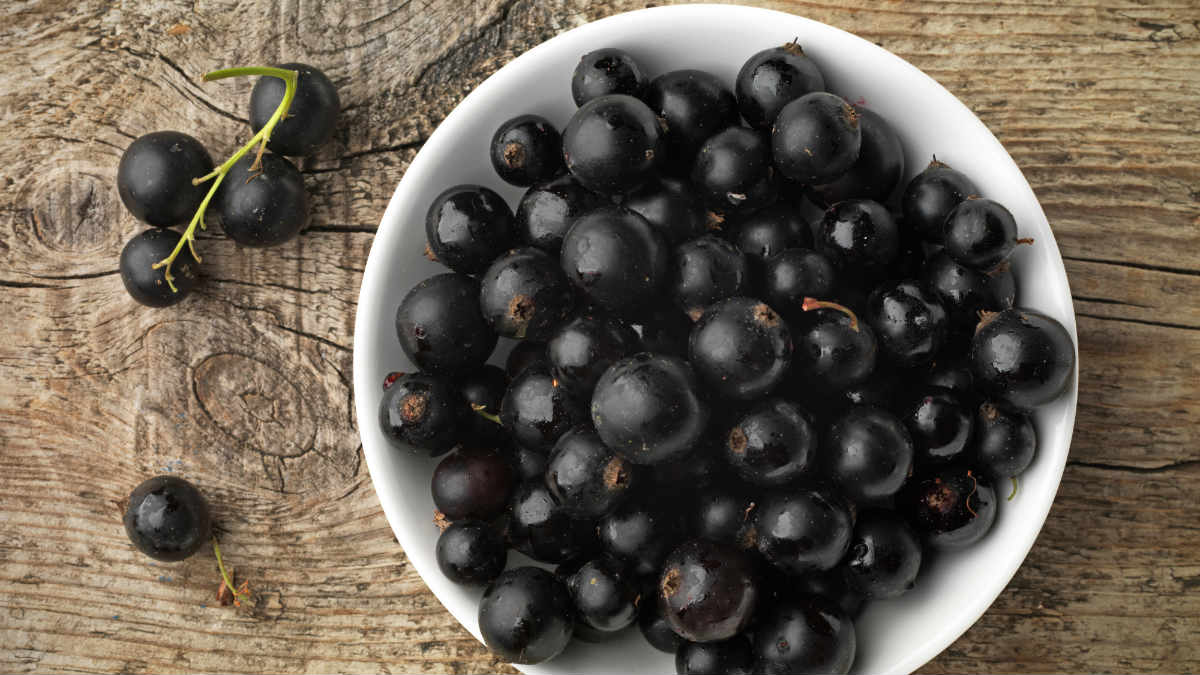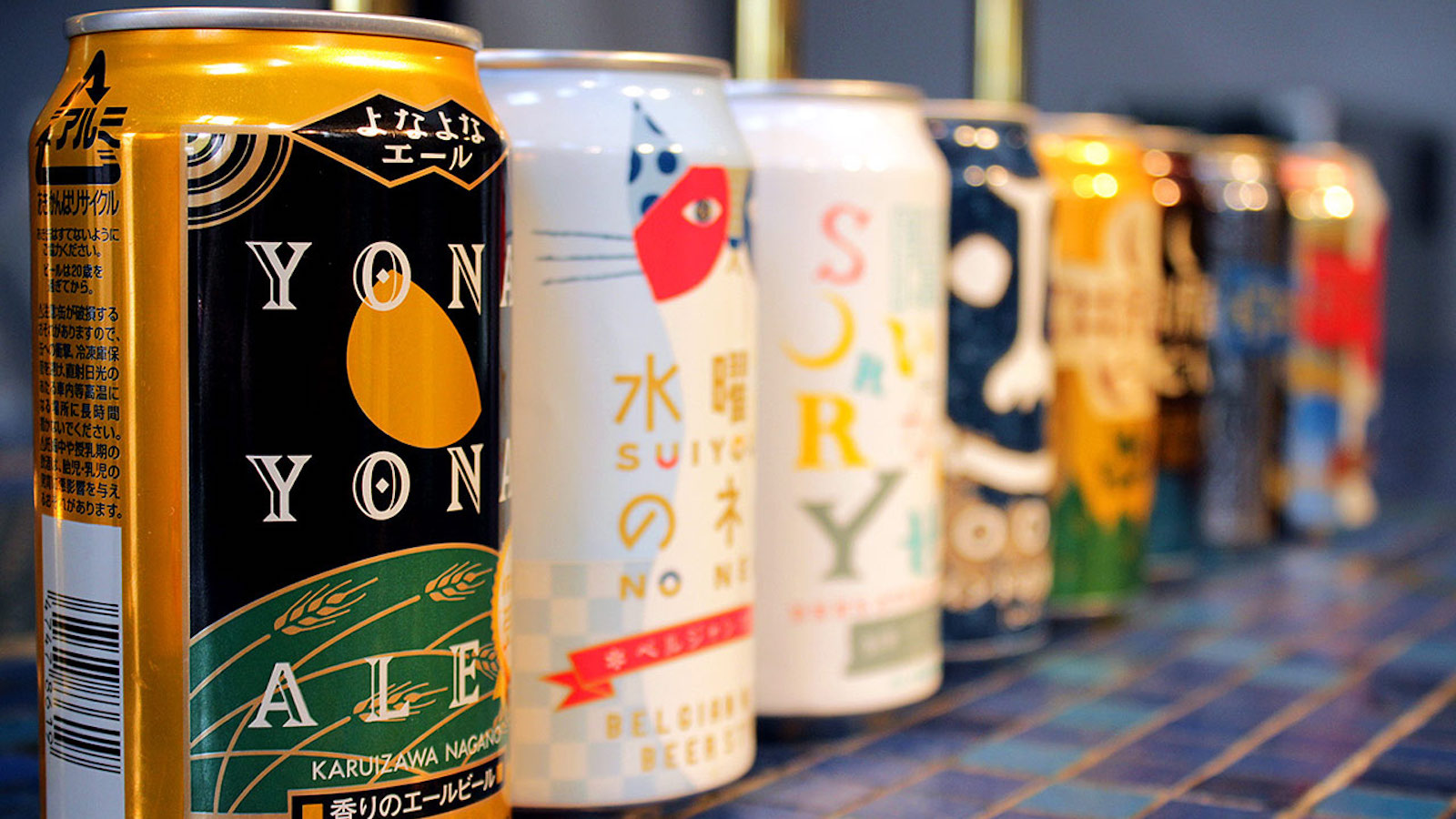
The Incredibly Delicious Flavor You Can’t Experience Thanks to Big Government
Have you ever eaten blackcurrant jam or perhaps sampled a lovely nip of crème de cassis, a liqueur made from the sweet-tart berry? If you live in America, the odds are pretty good that you haven’t. In fact, you probably don’t even know what I’m talking about. Fear not, answers are on the way.
Blackcurrants are small, dark berries that have been described as a cross between a blueberry and a cranberry. Their flavor is both sweet and sour, and they enjoy immense popularity throughout Europe. In fact, blackcurrant juice is said to be as popular in Eastern Europe as orange juice is in America. Blackcurrants are also really good for you, containing more vitamin C than oranges and more potassium than bananas.
So why are you hearing about this delightful new flavor now? It will come as no surprise to regular readers to learn that the reason we can’t have nice things is, as always, the government.
The growing of the blackcurrant bush was banned at the federal level in 1911, following a bout of plant-borne illness that allegedly threatened America’s timber industry. This is when the blackcurrant gets a bad rap. The disease actually originated from white pine trees imported from Europe, but the blackcurrant bush was thought to be a carrier that helped spread the disease, and so it was outlawed. That’s right, the blackcurrant ended up being a scapegoat for a disease of the white pine. Hm. Probably just a coincidence.
This ban persisted until the 1960s, when federal jurisdiction of the plant was handed over to the states, which nevertheless maintained the prohibition for decades. It was not until 2003, after intense lobbying from entrepreneur and horticulturalist Greg Quinn, that the ban was overturned in New York state, and the production of blackcurrants could resume in America. Quinn demonstrated that the scientific justification for the original ban was not particularly solid or well-thought out, and his arguments were convincing enough to persuade the legislature. Following Quinn’s efforts, several other states have lifted the ban as well, but it still remains in place in many others. Quinn now runs CurrantC, the premier blackcurrant supplier in the states.
The sad, but ultimately triumphant, story of the blackcurrant should serve as a cautionary tale about government regulations. Motivated by fear for the logging industry, regulators in the early 20th century acted hastily, reacting to a disease that was not well understood with a blanket ban. As we all know, once a regulation is in place, it generally stays there forever, so it is not surprising that it took nearly 100 years to reverse something that should have never happened in the first place. It’s actually a miracle that Quinn succeeded at all. The moral of the story is that reactionary government action to what appears to be an immediate threat can have unfortunate long-term consequences, and that what regulators don’t know can end up hurting all of us.
Although it is now possible to buy domestically produced blackcurrants online or from local farmers — if you happen to be lucky enough to live in a state where they are legal — having been outlawed for a century means that the fruit has a long way to go before entering the American consciousness in the same way as our other favorite berries.
This article originally appeared on Conservative Review.
Free the People publishes opinion-based articles from contributing writers. The opinions and ideas expressed do not always reflect the opinions and ideas that Free the People endorses. We believe in free speech, and in providing a platform for open dialogue. Feel free to leave a comment.



